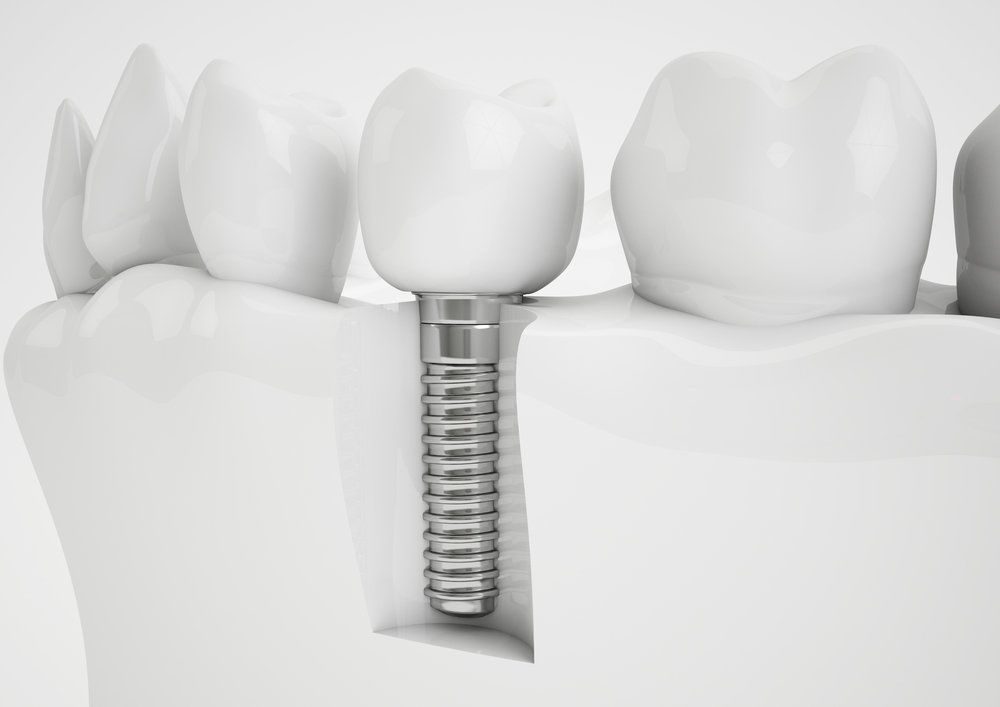The Ancient History of Dental Implants
 Dental implants are titanium posts that are surgically placed in the jawbone. The biocompatible implants can support a crown, bridge, or denture. The advanced restorative treatment is Dr. Stephen J. Malki’s main area of focus.
Dental implants are titanium posts that are surgically placed in the jawbone. The biocompatible implants can support a crown, bridge, or denture. The advanced restorative treatment is Dr. Stephen J. Malki’s main area of focus.
Modern dental implants use advanced materials and computer-aided technology to permanently replace lost teeth. To educate our River Edge, NJ, River Edge, NJ, and Paramus, NJ, patients on how dental implants have evolved over thousands of years, we offer this overview of the history of dental implants.
Earliest Evidence of Dental Implants
Many early civilizations sought to replace missing teeth for functional and aesthetic reasons. The earliest known attempt dates back to 4,000 years ago in ancient China. Carved bamboo pegs were used to replace individual teeth. But plant-based and other organic materials probably did not last that long.
The earliest metal prosthetic was likely placed around 1000 BC in Egypt. The upper jawbone of an Egyptian holds a copper peg that replaced a lost tooth. It is unclear whether the false tooth was hammered into the jawbone before or after death.
Dental implants evolved to make use of iron in what is now modern-day France. A Celtic grave that dates to 300 BC holds a corpse with an iron false tooth.
Ancient cultures in the Americans made use of stone and seashells to replace lost teeth. Those efforts can be traced to 600 AD. Cultures in the New and Old World also replaced missing teeth with bone and teeth from other humans and animals.
Today, titanium is the metal of choice for many dental implants.
Advances in Dental Implant Technology
Early attempts to replace missing teeth probably involved more guesswork than rigorous examinations and studies. The first scientifically sound attempts to replace missing teeth occurred throughout the 18th and 19th centuries in Europe.
Scientists and doctors in the 18th century experimented with dental implants made from alloys and gold. The early attempts were not successful, largely due to a lack of understanding of how osseointegration works. The first attempt to place a porcelain crown through the use of a platinum implant in 1886 did not yield positive results.
Osseointegration
In 1952, an orthopedic surgeon stumbled across a natural bone-healing process called osseointegration. The surgeon found that a titanium rod implanted in a rabbit eventually became integrated into the healing tissue. Dentists and doctors now have a clear understanding of how osseointegration allows dental implants to fuse with the surrounding jawbone.
The first successful titanium dental implant was placed in 1965 by an orthopedic surgeon named Branemark.
Reduced Healing Time
In the decades that followed, dentists and researchers continued to refine the dental implant placement process. Healing time was further reduced by making small indentations on the surface of implants through the use of sandblasting and etching.
Today, computer-aided designs and special coatings on the surface of implants continue to reduce healing time while lowering the risk of complications and implant failure. Modern dental implants enjoy an incredibly high success rate of 98 percent. Our River Edge dental practice offers advanced dental implant solutions like the All-on-4® system and mini dental implants.
Schedule Your Free Dental Implant Consultation Today
Dr. Malki offers free dental implant consultations. During your visit, he will discuss the restorative treatment at length. Every stage of your dental implant procedure is handled by Dr. Malki, and the savings are passed to you.
To schedule your dental implant consultation, please contact our office online or call (201) 701-2180.

